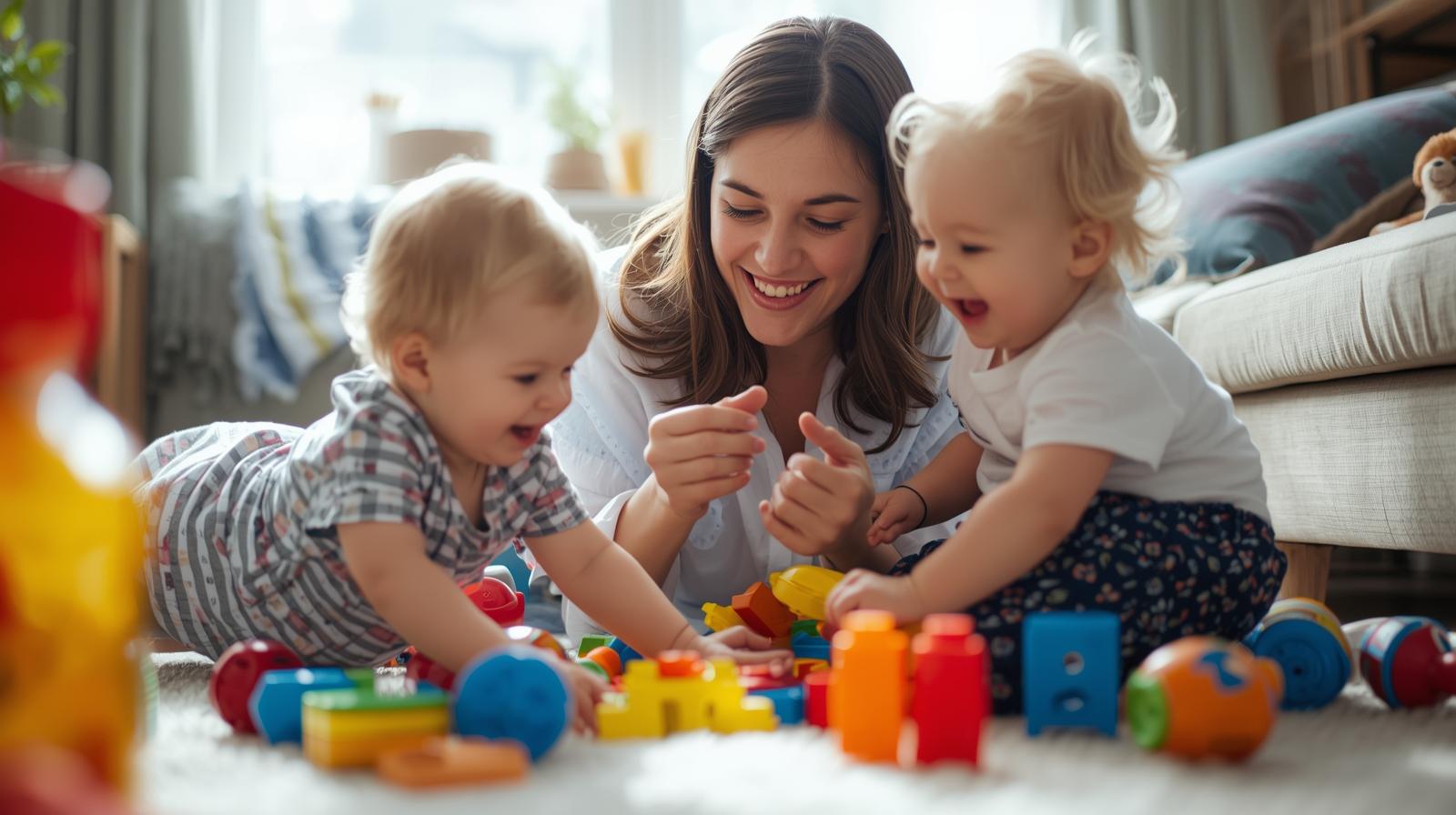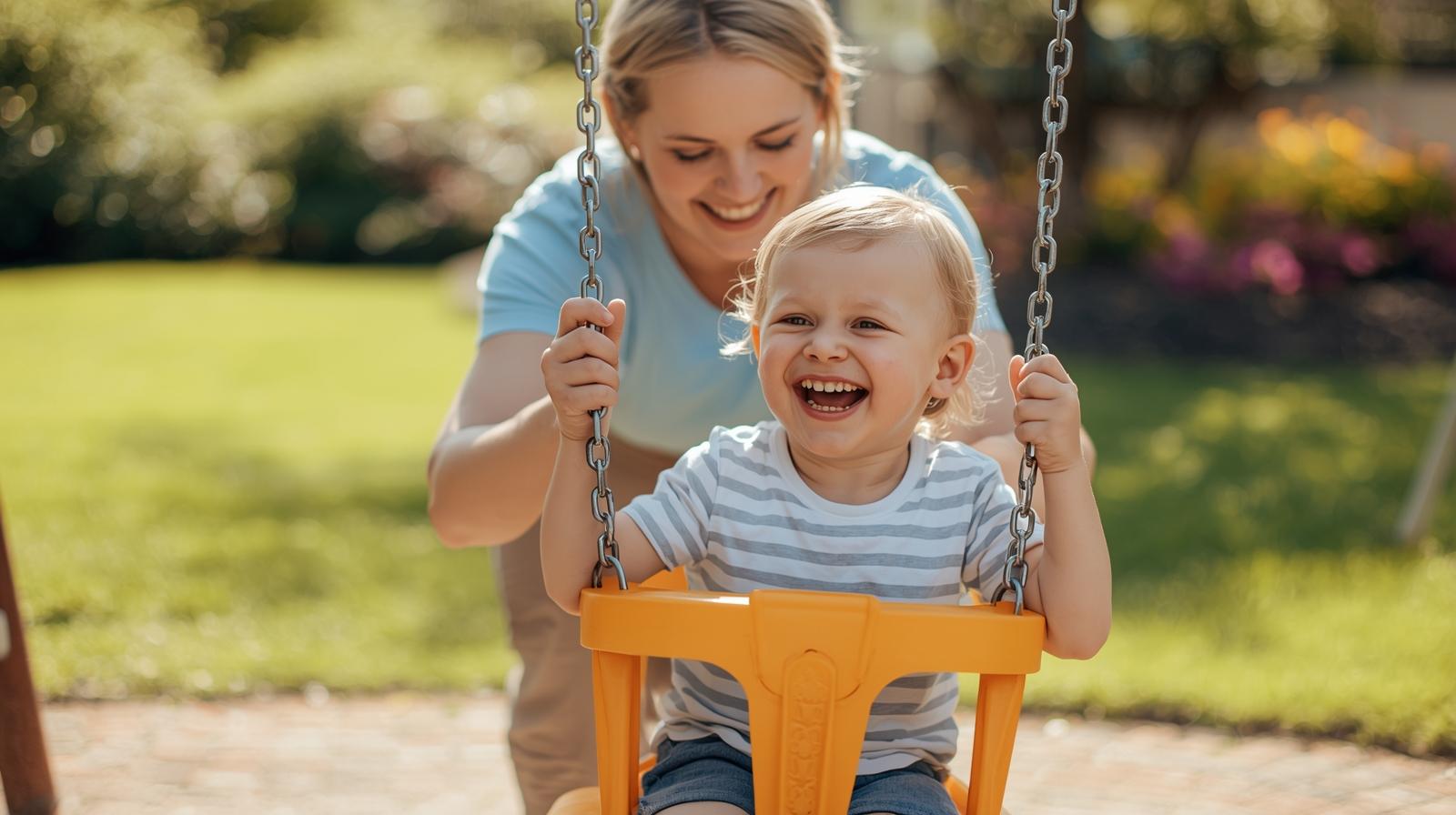
Learn with me as i walk you through Balancing screen time and real play
As a parent in today’s digital world, I know how easy it is to hand over a tablet or phone just to get a few quiet moments. Screens are everywhere whether it’s for learning, entertainment, or staying connected and it feels almost impossible to avoid them. But when I started noticing how much time my kids were spending on devices, I realized I needed to rethink how we balance screen time and real play.
Screen time for kids isn’t all bad; in fact, educational apps and shows can spark curiosity and creativity. The challenge comes when screens start replacing outdoor play, face-to-face interactions, and those priceless moments of imagination. Finding the right balance between digital engagement and real-life play is one of the smartest parenting steps we can take.
In this post, I’ll share practical parenting tips to help you set healthy screen time limits, encourage meaningful offline activities, and create a family routine that works in the real world. Because at the end of the day, our goal isn’t to eliminate technology, it’s to teach our children how to enjoy it responsibly while still making space for play, growth, and connection.
Real Play vs. Screen Time: Mindful Habits and Smart parenting strategies

In today’s digital-first world, parents often find themselves asking: How much screen time is too much?
While screens can offer learning, connection, and even creativity, it’s easy for real play the kind that builds imagination, resilience, and social skills to get pushed aside.
The goal isn’t to ban screens altogether but to create healthy screen habits while making space for real play alternatives. Here are mindful strategies, age-based tips, and parenting hacks to help you strike that balance.
Real Play Ideas for Siblings and family bonding,
Real play isn’t just “fun.” It’s essential for child development. Activities like building blocks,pretend play climbing, or exploring nature improve motor skills, problem-solving, and emotional regulation. Unlike passive screen time, active play sparks creativity and fosters real-world learning.
In today’s digital-driven world, parents are increasingly concerned about the impact of excessive screen time on children’s health, creativity, and relationships. While tablets, smartphones, and television may offer instant entertainment, they can never replace the joy and developmental benefits of real play. Exploring alternatives to screen time not only helps children stay active but also fosters creativity, social skills, and stronger sibling bonding.
Why Reduce Screen Time?
Research highlights that too much screen exposure can affect sleep, attention span, and even emotional well-being. On the other hand, engaging in real play allows children to develop problem-solving skills, imagination, and teamwork. Most importantly, it provides opportunities for siblings and families to connect in meaningful ways.
Creative Play Ideas
Creative activities are excellent screen-free alternatives that spark imagination. Arts and crafts such as drawing, painting, or making collages encourage children to express themselves while working together. Storytelling, puppet shows, and building with blocks or Lego also allow siblings to collaborate, negotiate roles, and strengthen their communication skills.
Outdoor Play for Siblings
Outdoor activities are vital for physical health and exploration. Games like hide-and-seek, scavenger hunts, hopscotch, or cycling promote teamwork and healthy competition. Nature-based play, such as building forts, gardening, or collecting natural treasures, gives siblings a chance to explore together and bond through shared adventures.
Imaginative and Role Play
Pretend play is one of the most effective alternatives to screen time. Whether it’s running a “mini shop,” creating a “restaurant,” or playing “family,” children learn cooperation, empathy, and role-sharing. This type of play not only entertains but also teaches real-life skills in a fun and interactive way.
Family Bonding Activities
Some of the best alternatives involve the whole family. Cooking meals together, solving puzzles, or playing board games encourages communication, patience, and laughter. These activities give siblings and parents an opportunity to build lasting memories while keeping screens aside.
Instead of turning to tablets or TV when boredom strikes, try:
For toddlers: sensory bins, musical instruments, stacking cups, water play.

For school-age kids: board games, scavenger hunts, cooking simple recipes, building forts.

For teens: sports, journaling, volunteering, creative hobbies like photography or music.

Encourage “choice play” where kids pick an activity they genuinely enjoy, this boosts engagement and independence.
New Tools and Platforms for Mindful Screen Use
Technology itself can help families practice balance. Consider:
Parental control apps like Qustodio, Bark, or Family Link to set limits.
Mindful screen platforms such as Headspace for Kids, Calm, or GoNoodle for screen time that nurtures mindfulness and movement.
Digital wellbeing features (built into iOS and Android) that track usage and encourage breaks.
These tools turn screens into allies instead of enemies.
Age-Based Strategies for Screen Time Balance
Toddlers (0–3 years)
Follow the “1-hour guideline” for quality programming.
Co-watch when possible to make screen time interactive.
Use real-world play, singing, stacking, exploring outdoors, as the main activity.

School-Age Children (4–12 years)
Introduce screen-free zones (bedrooms, mealtime).

Pair screen privileges with real play (“30 minutes outdoors = 30 minutes of tablet time”).
Encourage creative projects that extend beyond the screen like baking after watching a cooking show.
Teens (13–18 years)
Teach digital self-regulation, encourage them to monitor their own usage.
Model healthy habits (yes, that means putting your phone down too).
Foster open conversations: rather than “no screens,” ask “What’s your plan for balancing online and offline time today?”
Smart Parenting Tips to Handle Screen Time
- Lead by example: Kids notice if you scroll endlessly. Show them balance in action.
- Create routines: Structure helps kids know when it’s time to play, learn, or rest.
- Encourage family play: Bike rides, game nights, cooking together — fun bonds that don’t need a screen.
- Use the 80/20 rule: 80% active, real-world play and learning, 20% mindful screen use.
Conclusion.
Screens are here to stay, but real play should always come first. With smart parenting strategies, mindful tools, and creative alternatives to screen time, you can help your child grow up balanced, resilient, and ready for both the real and digital world.
The debate isn’t “screens or no screens.” It’s about mindful screen habits that allow kids to grow, learn, and connect while making sure real play remains the cornerstone of their childhood.
With the right strategies, tools, and smart parenting tips for screen time, your family can enjoy the best of both the digital and real worlds.
